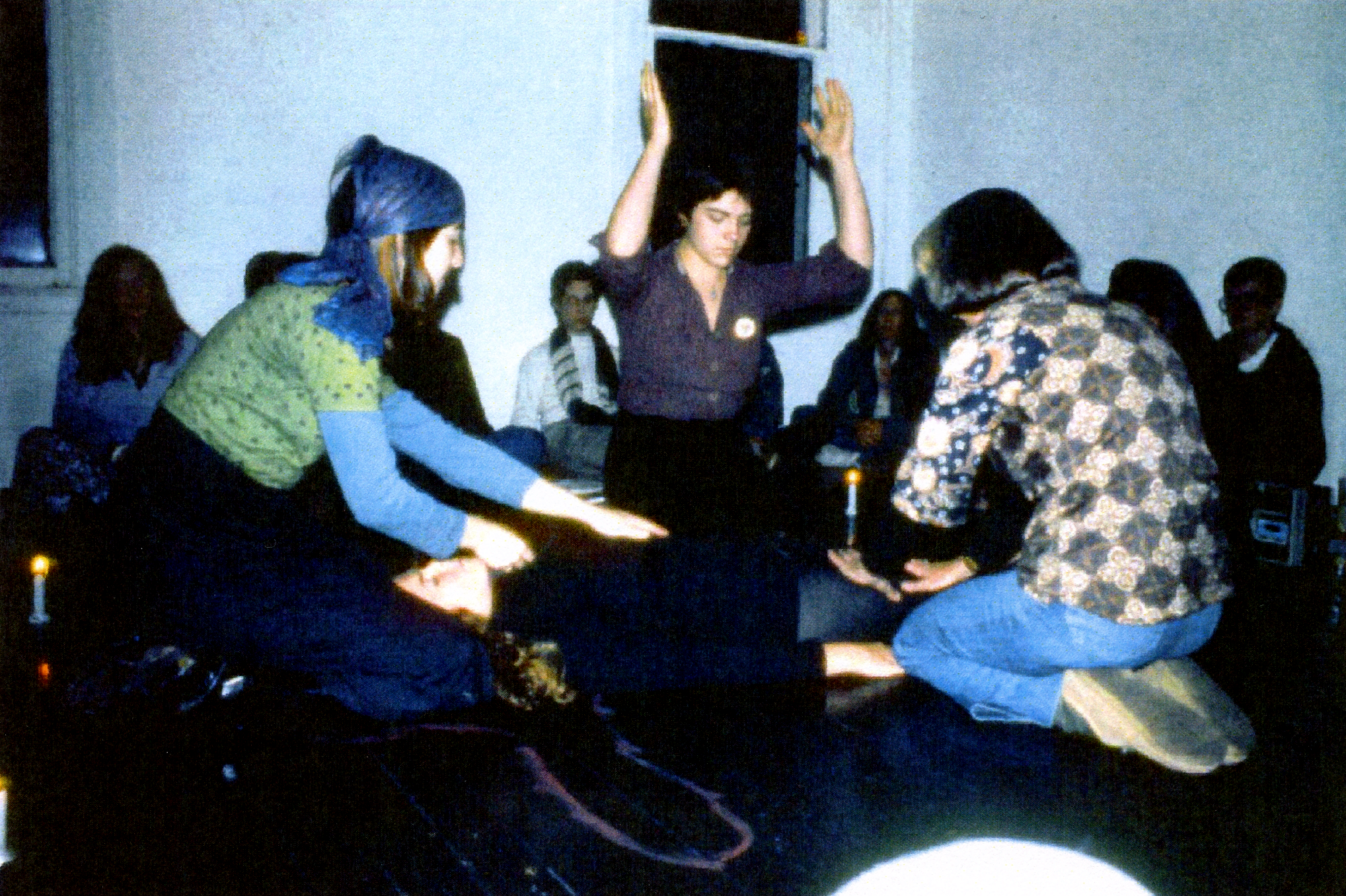SUZANNE LACY + MELISSA HOFFMAN + PHRANC + JUDITH LOISCHILD
Guerilla Action
Los Angeles, CA., 1977
Los Angeles, CA., 1977

Los Angeles City Hall Mall: Vicinity of the Rape Maps,
Photos taken by Suzanne Lacy, 1977
View our collection of rape related myths:
Myth vs. Fact
“In 1977, I had just returned to LA from living in Germany. While living there I had been creating feminist street performances on issues such as abortion rights. I worked with activist feminist groups. This ultimately defined my practice. Upon my return to the US, I met Suzanne and she invited me to take part in Three Weeks In May. The performances produced were consciously very raw, using symbols of protest, signs, banners and low cost materials for costumes and props so as to be easily re-created. They were staged ‘demonstrations’ as political theatre.”
Garage Gallery, Studio Watts Workshop, 1977
Private Studio in Pasadena, CA.

“We did not move from theory, we moved quite simply… to the secret wounds, and in this sense, we were no longer ‘thinking’ in the way that Western man thinks, in the realm where thought is divided from feeling, and objectively is imagined to exist. We were discovering a different sense of clarity, one achieved through feeling, in which thought followed a direction determined by pain, and trauma, and compassion and outrage.
Yet these small changes in the doing of things were in themselves a feat. And they do herald more to come. Because the making of these small changes changed us. And these changes inside us were not small; we were profoundly different now than we had been before.”